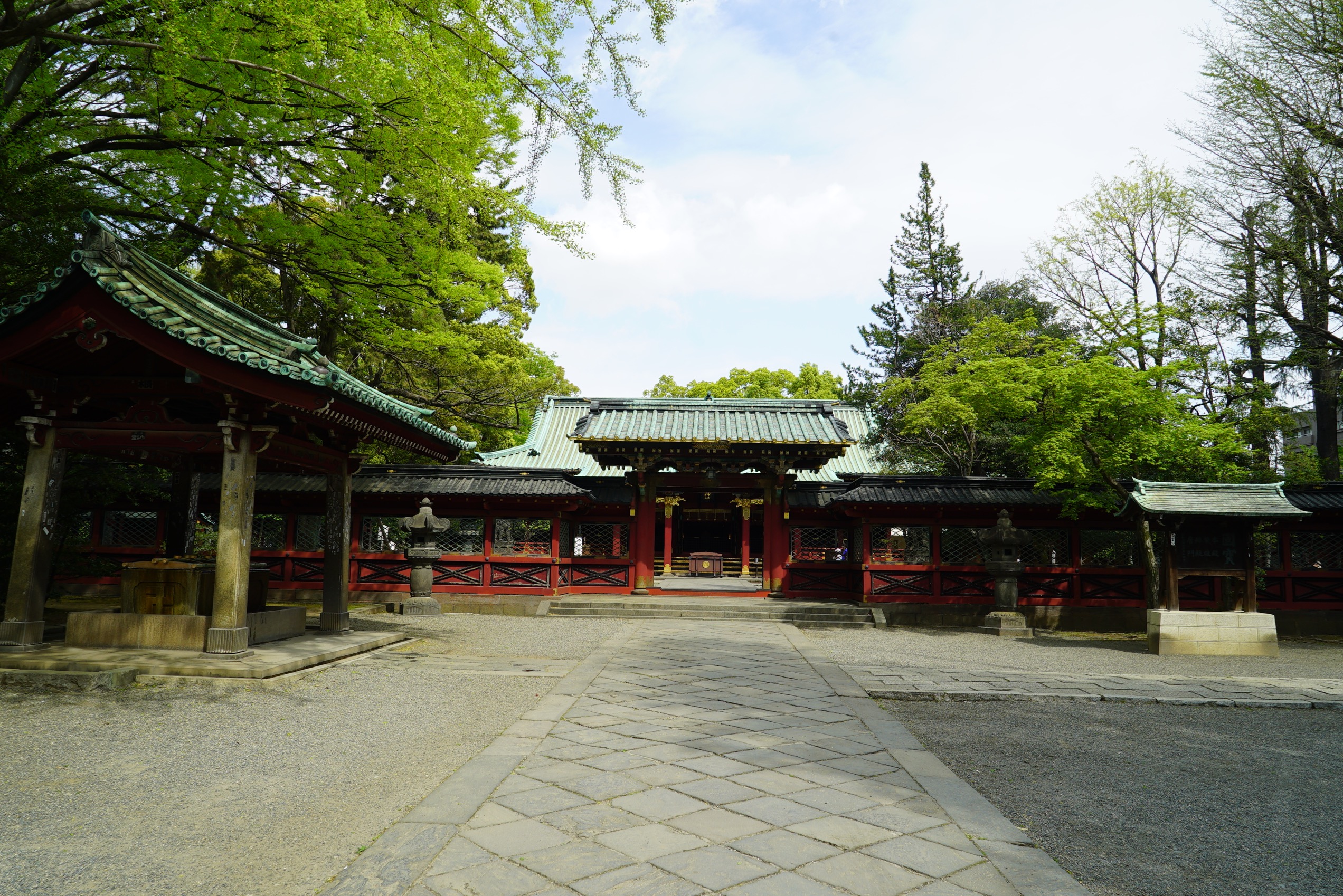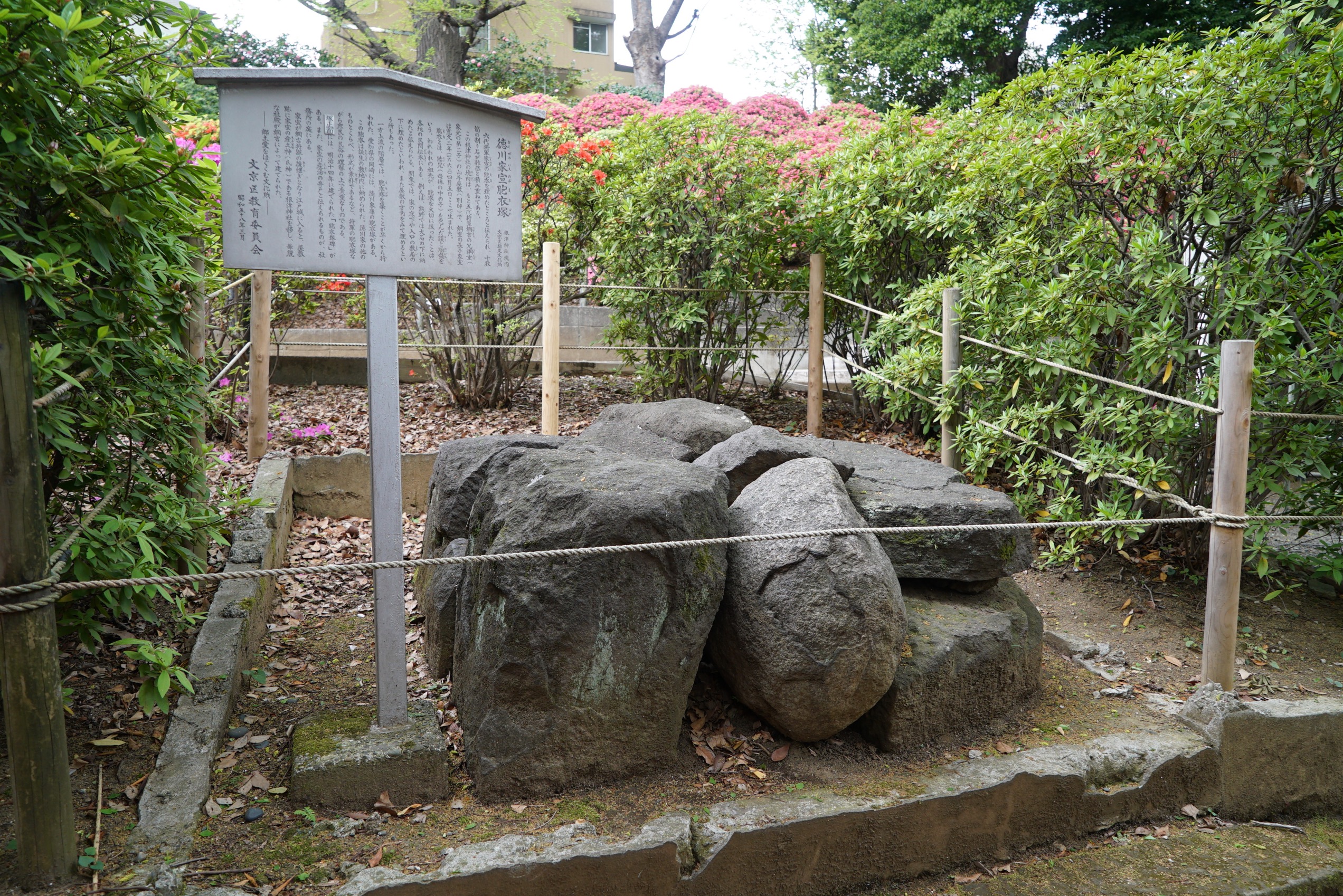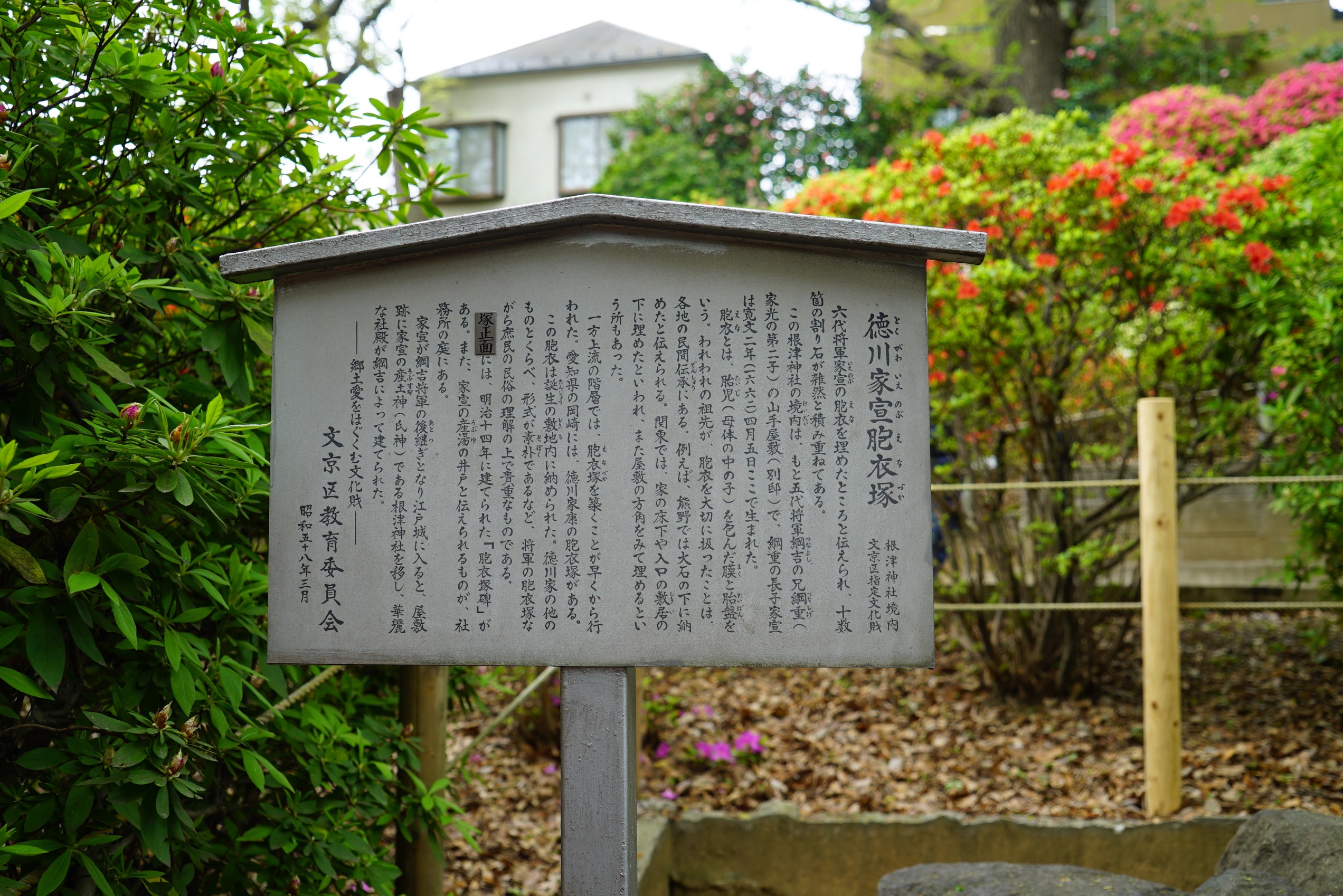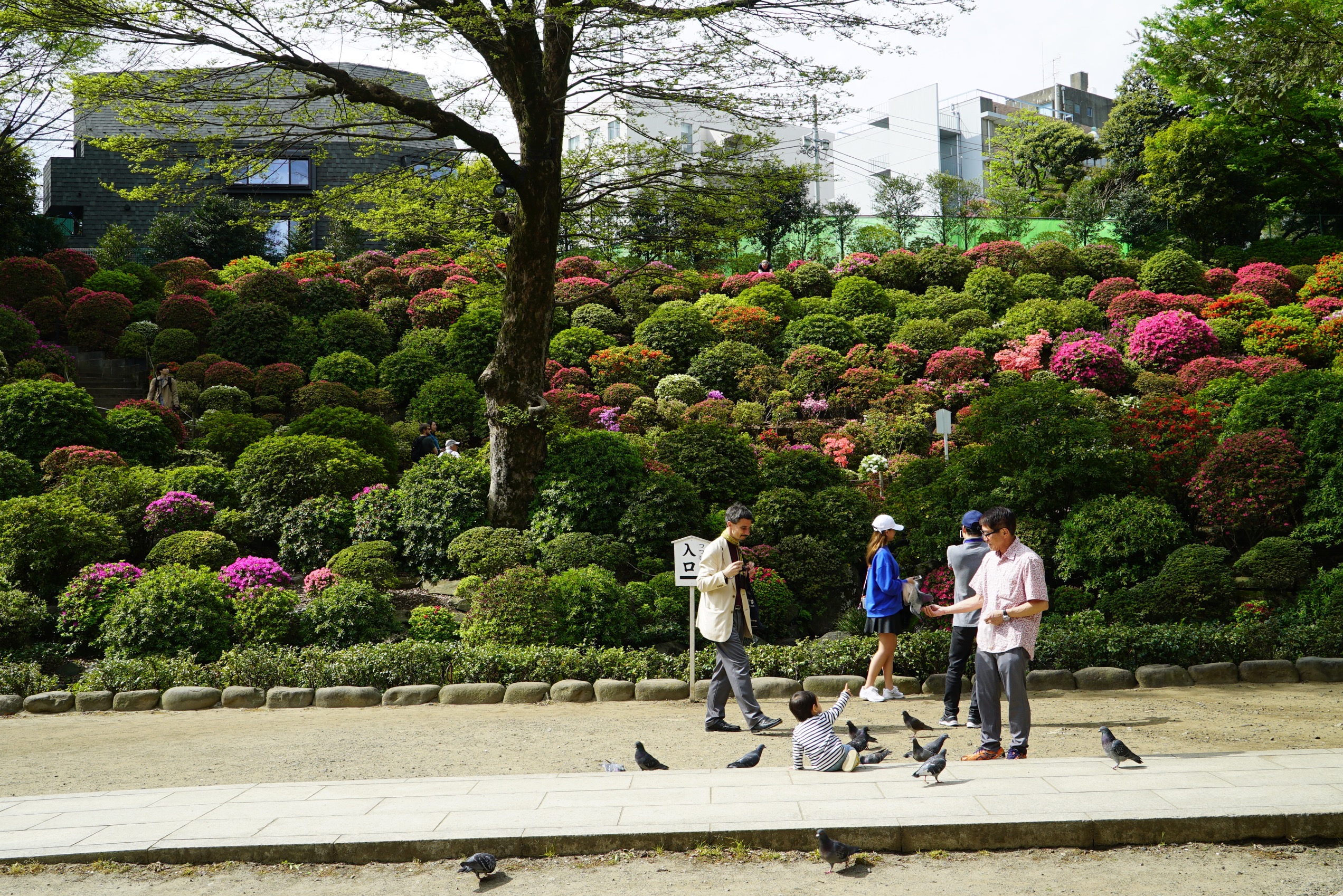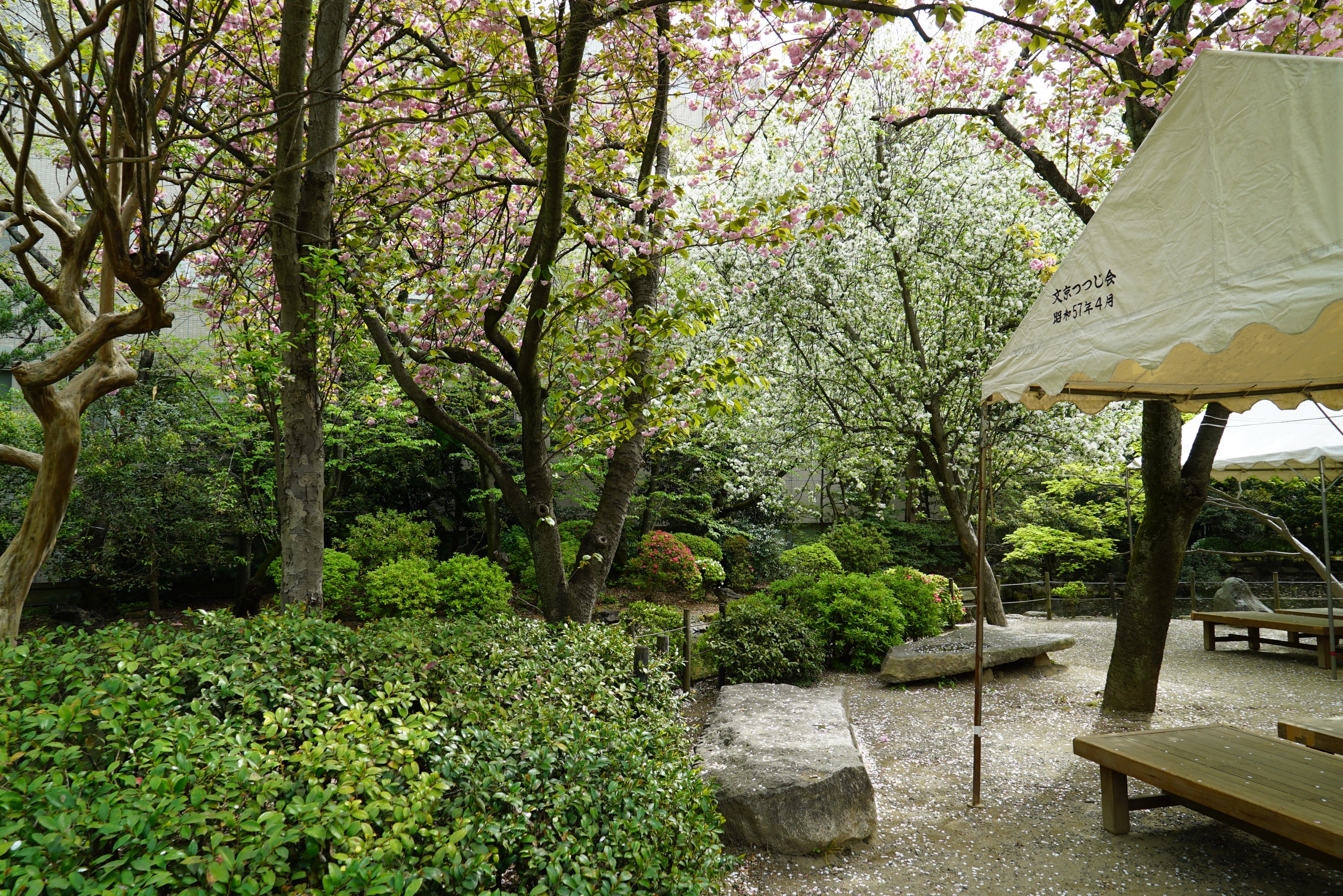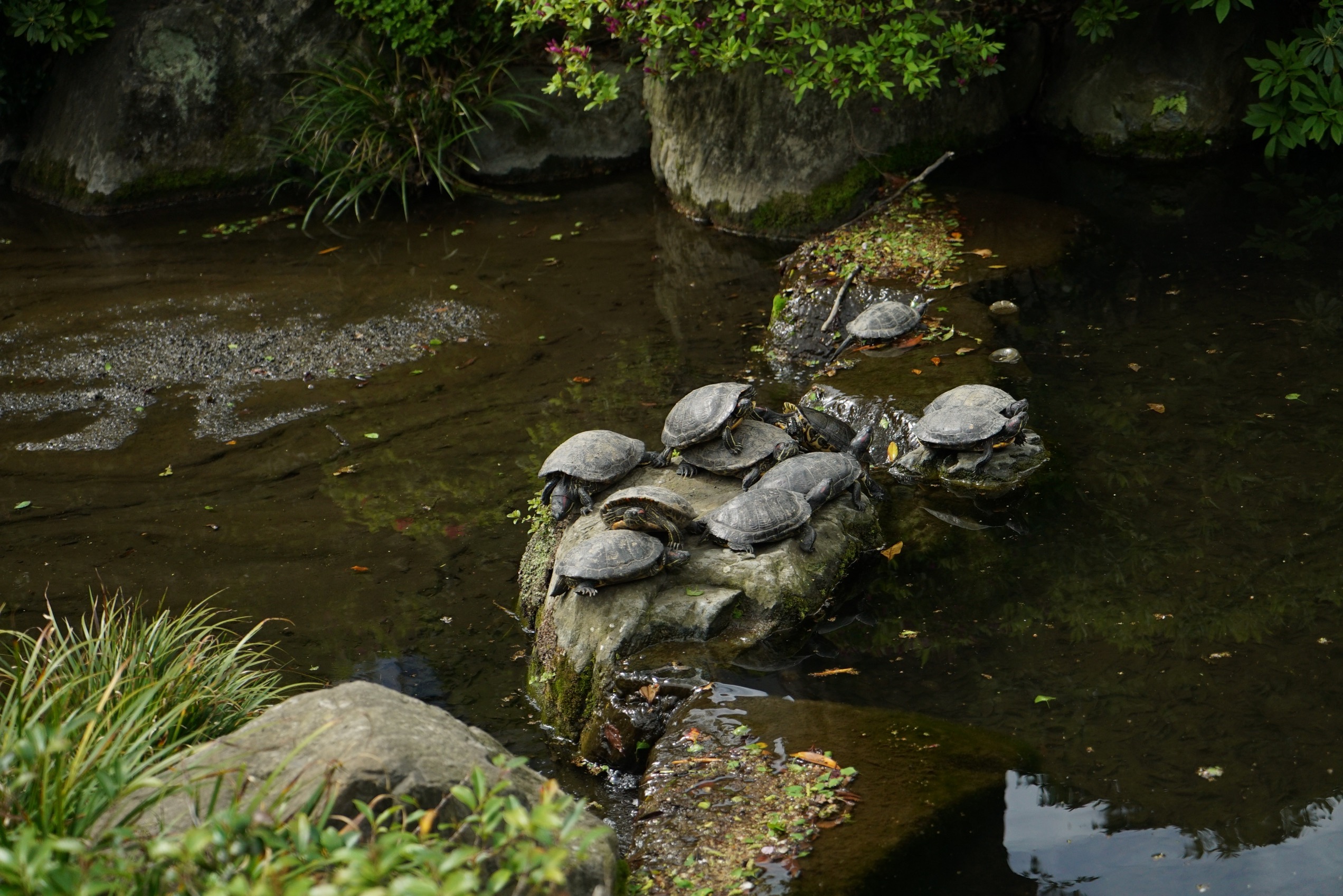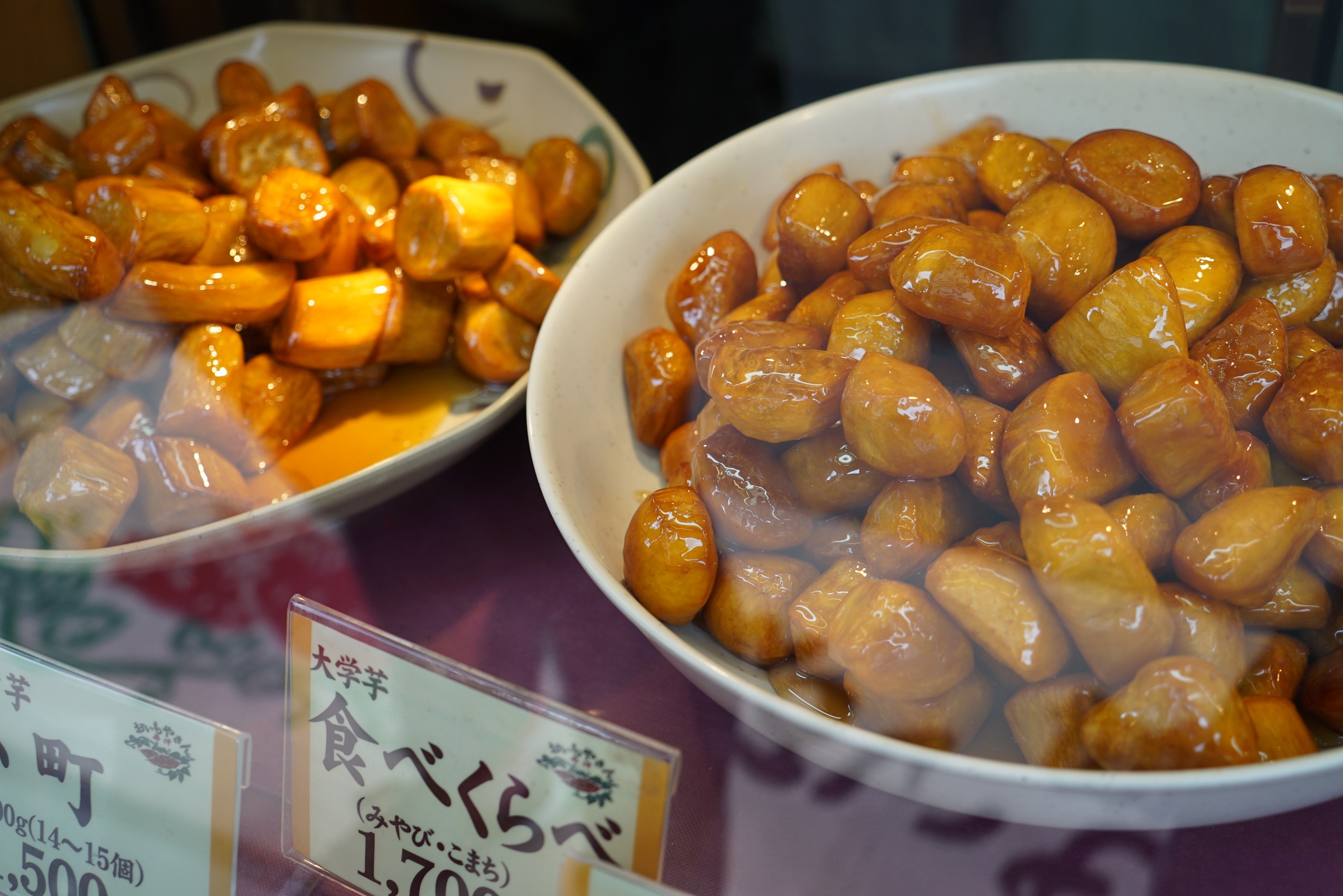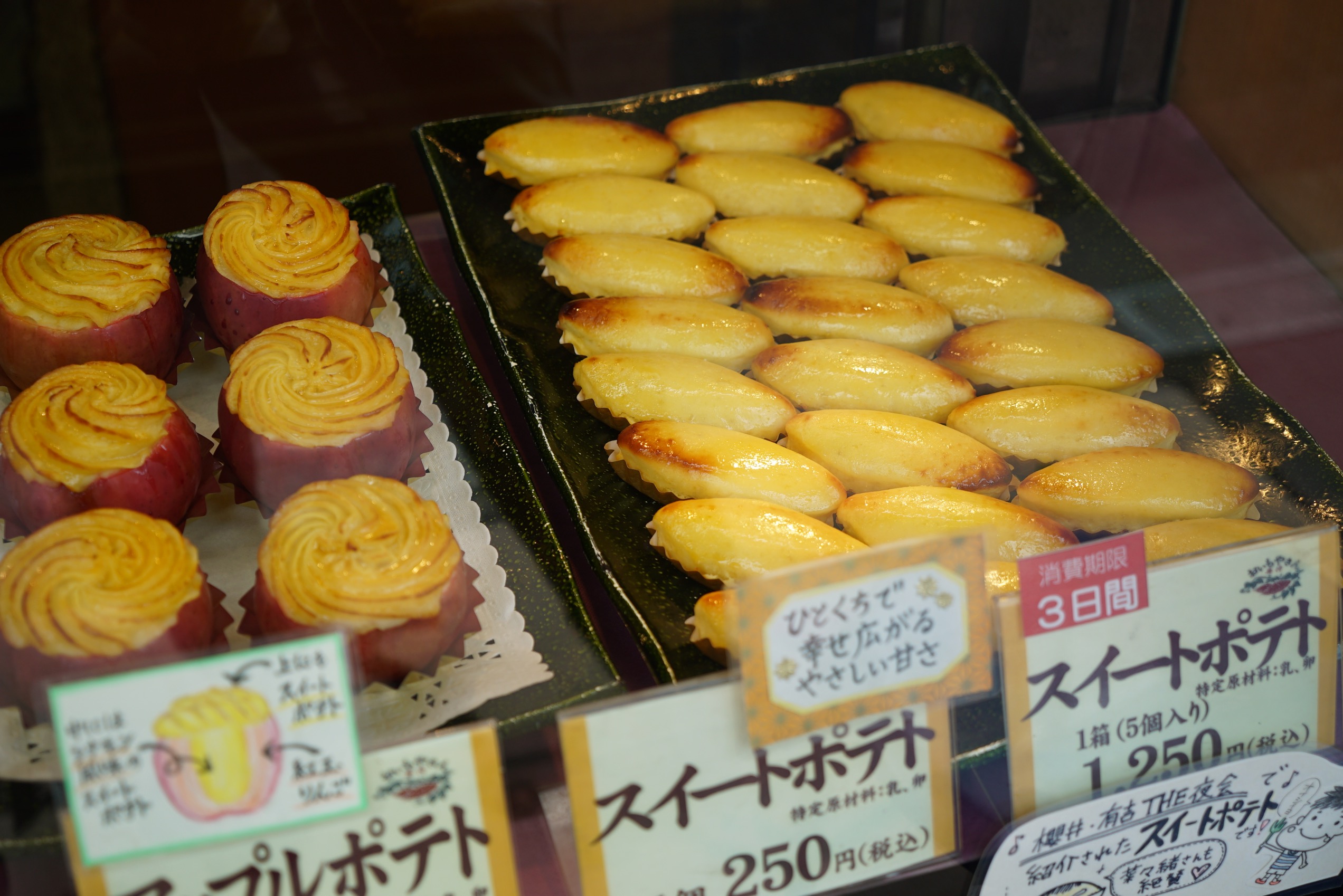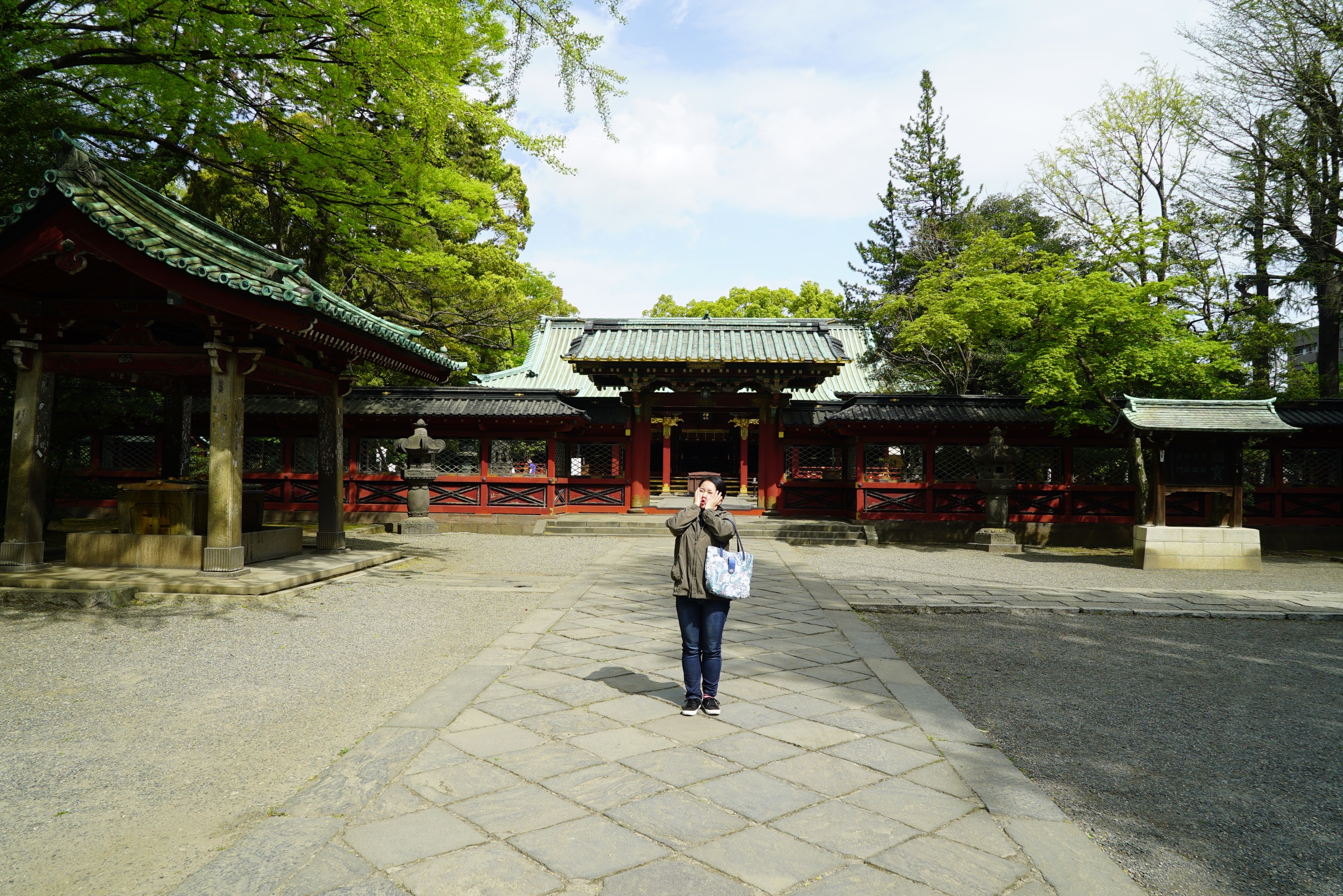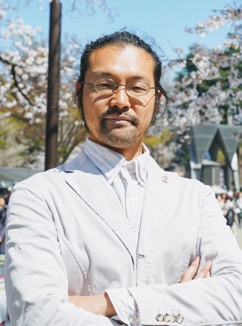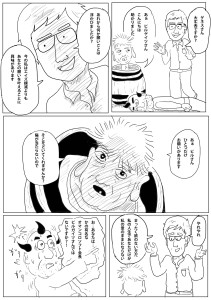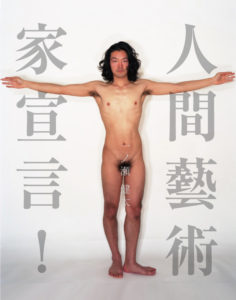いっちーさんぽ(2)根津神社
今日は早起きして、根津神社に行ってまいりました。
English Ver.
Today I got up early and went to Nezu shrine.
“Nezu shrine is a fossil company that is told that Japan Taketoshi wrestled in the land of Sengi tree in the past 1,000 years ago, Ota Oihi bore the shrine for years of civilization.
Tokugawa Shogichi Five generations of the Edo Period proceeded from the former company of Sendagi to the current shrine when the succession was decided.
To the Meiji Restoration, the imperial court was sent to Emperor Meiji Toho, and the prayer of the national security was secured, such as an ancient godly name company. In case
”
From Nezu Shrine official website http://www.nedujinja.or.jp/main/k4.html
I am planning to visit at 8 o’clock in the morning, I do not remember the spring-sleep akatsuki in the futon, and when I notice the smart hand with holding them, it’s departing at 9:30 at the age of 9.
I thought about getting up early and going to avoid “bunkyo azalea festival” being held inside the precincts of Nezu shrine so it would not be crowded with people. However, it is already late. People prepared for the crowd and went to the shrine to prepare, but unexpectedly people are sparse. It was a feeling that we are coming to triplets.
The store scheduled to open according to the festival is still not in operation, it feels like I got a shoulder watermark.
Discover today, here! It is the folk cloth of Tokugawa family. After finishing visiting, this mound is located on the right side of the main hall facing the main entrance and climbing the stairs that stretches quietly to the right space, which is captivated by the vividly connected torii and pond.
Plaque (Eena) is the placenta, which was filled as a custom in the Edo period in a specific place. It is speculated that there was a meaning like an invitation for children born to grow safely. Immediately after birth you can eat the clean placenta, some say that it seems like a lean, sashimi with no smell. It was delicious with sashimi soy sauce and it was that the couple ate it.
What I became more concerned about is the father of the six generations of generals and family, and is also the junior who is also the older brother of Shogun Tsunayoshi in 5 generations. I wondered why Tsunayoshi, my brother, became a general before the elder brother. Since the Edo period is a strict Confucianism system, even if you mention it from the perspective of the early childhood, the tight jacket should be a general.
When I returned home and looked it up, the mystery was also thawed. I also found an interesting fact as a prerequisite. There were three children in the 3rd General Shogun / Iemitsu: the eldest son (eldest son), the heavyweight (second son), Tsunayoshi (the third son). There is a high possibility that unless a child was born in the family brother (eldest son), the second son had become general. However, it was not so. There was a reason for that. In other words, it was the father of the 6th generic army · housekeeper, the older brother of the 5th generation Shogun Tsunayoshi died while leaving the child when the family brother (eldest son) was a general. Also, due to political science in my house, Tsunayoshi, the third son of Iemitsu, came to the position of the general as there were young families.
The second interesting thing that I found was that my brother and three son Tsunayoshi was adopted as a family brother inheritance for the family brothers (eldest son) because he was not able to have children. I feel that something strange that my brother is registered as a child on family register. Was it a sense that it was quite common during the Edo period? It is worrisome.
The azalea festival has only just begun, but already already pretty beautifully in bloom. It is amazing.
Today was also a very, very happy day.
Ken chan dumpling
”根津神社は今から千九百年余の昔、日本武尊が千駄木の地に創祀したと伝えられる古社で、文明年間には太田道灌が社殿を奉建している。
江戸時代五代将軍徳川綱吉は世継が定まった際に現在の社殿を奉建、千駄木の旧社地より御遷座した。
明治維新には、明治天皇御東幸にあたり勅使を遣わされ、国家安泰の御祈願を修められる等、古来御神威高い名社である。 ”
根津神社公式ウェブサイトより http://www.nedujinja.or.jp/main/k4.html
朝の8時にお参りするつもりが、布団の中で春眠暁を覚えず、など口ずさみながらスマホ片手に気づけば9時半、ぶり子さんを連れ立っていざ出発です。
早起きして、行こうと思ったのは「文京つつじ祭り」が根津神社の境内で開催されているため人でごった返すのを避けるためでした。しかしながら、時すでに遅し。人混みにもんづくだれつを覚悟して参拝に向かったのですが、意外にも人はまばら。三々五々にいらっしゃっているという感じでした。
お祭りに合わせて出店予定のお店もまだ稼働しておらず、肩透かしをくらった感じです。
今日の発見は、こちら!徳川家宣の胞衣塚です。参拝を終え、本殿向かって右の出口から出て鮮やかに連なる鳥居と池に目を奪われた、その右の空間にひっそりとうえに伸びる階段を登った先に、この塚があります。
胞衣(えな)とは、胎盤のことで、江戸時代の習俗として特定の場所に埋めることが行われました。生まれてきた子が無事に育つ願掛けのような意味があったと推測されます。産んだ直後に綺麗にとれた胎盤は食べることもでき、ある人によれば臭みのないレバー、刺身のようだといいます。刺身醤油をつけて美味しく、その夫婦で食べたとのことでした。
それ以上に気になったのは、6代将軍・家宣の父であり、5代・将軍綱吉の兄でもある綱重です。なぜ弟である綱吉が兄である綱重よりも先に将軍になっていたのか不思議に思いました。江戸時代は厳格な儒教体制なので、長幼の序の観点から言っても先に綱重が将軍になるはずです。
家に帰って調べてみたところ、その謎も氷解いたしました。前提として面白い事実もわかりました。3代将軍・家光には家綱(長男)、綱重(次男)、綱吉(三男)という3人の子どもがいたのです。家綱(長男)に子どもが生まれなければ綱重(次男)が将軍になっていた可能性が高いでしょう。しかし、そうではなかった。それには理由がありました。つまり、6代将軍・家宣の父であり、5代・将軍綱吉の兄である綱重は、家綱(長男)が将軍だった時に子を遺した状態で亡くなっていたのでした。あとはお家内の政治学上、家宣が若かったこともあり、家光の三男である綱吉が将軍の座に就いたのでした。
調べて副次的に興味深かったのは、家綱(長男)に子どもができなかったため、兄弟で三男である綱吉が家督相続のため、実の兄である家綱の養子になるということです。自分の弟が戸籍上、子として登録されるというのは何か奇妙な気がします。江戸時代はけっこうよくある感覚だったのでしょうか。気になるところです。
つつじ祭りははじまったばかりですが、もうすでにかなり綺麗に咲いておりました。見応え十分です。
根津神社近くの大学芋屋さんで一番手頃な価格の大学芋を買って、お家で食べました。あ〜、美味しかった!
今日も大変、幸せな1日でございました。
けんちゃんだんご
Culture You!あ~、世界ってほんと美(たの)しい
お!なかなかいい記事じゃん!と思われた方はアマゾンでお買い物♪
